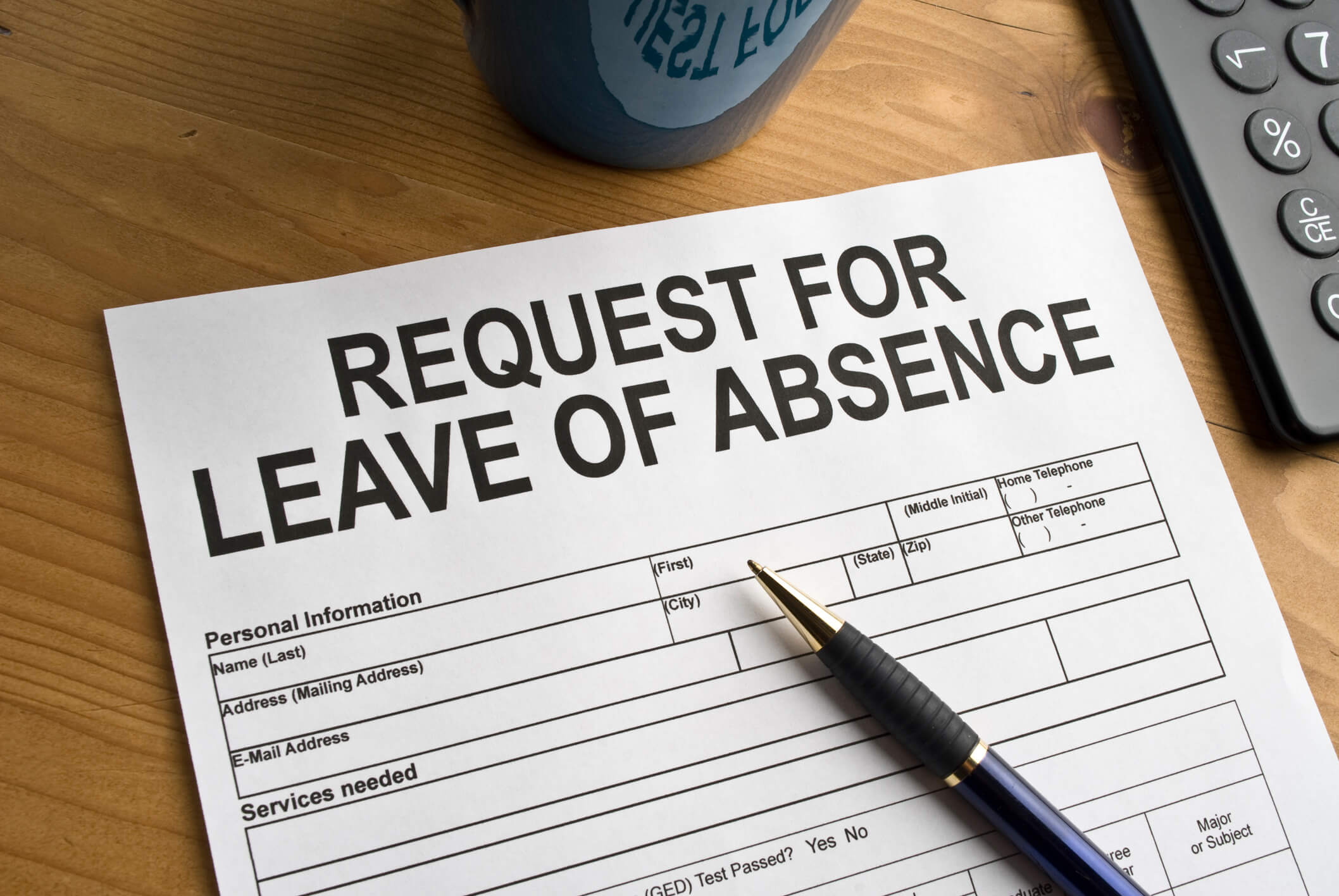Quick Hits
- Maryland’s FAMLI program will provide most employees with up to twelve weeks of paid family and medical leave, with a possible additional twelve weeks of parental bonding leave per benefit year.
- Following yet another delay to the program’s effective date, the MDOL reissued proposed regulations to implement FAMLI.
- While the latest proposed regulations are largely the same as the prior version, there are some significant differences.
Background on the Law and Proposed Regulations
As employers may recall, the Maryland General Assembly passed the FAMLI law back in 2022. FAMLI will provide most employees in Maryland with up to twenty-four weeks of partially paid leave: twelve weeks of paid family and medical leave, with the possibility of an additional twelve weeks of paid parental leave, per twelve-month period. We discussed the detailed requirements of the law in our article, Maryland’s FAMLI Program, Part I: An Overview of the Law.
After several legislatively enacted delays, including from the most recent General Assembly session, contributions from employers and employees to fund the program are scheduled to begin on January 1, 2027, with benefits becoming available no later than January 3, 2028.
We have discussed in prior articles the proposed regulations that were previously issued by the MDOL: Maryland’s FAMLI Program, Part II: The Proposed Regulations (General, Contributions, Equivalent Private Insurance Plans) and Maryland’s FAMLI Program, Part III: The Proposed Regulations (Claims and Dispute Resolution). Although the proposed regulations remain largely the same, there are some significant differences.
General Provisions: Definitional and Structural Shifts
The reissued definitions chapter mostly reiterates the prior proposed definitions (much of which aligns with the federal Family and Medical Leave Act), but it also sets forth a few new terms and narrows and streamlines several others.
- “Anchor date” is added by cross-reference to the statute.
- “Carrier” is also added, meaning an insurer authorized by the Maryland InsuranceAdministration.
- “Covered individual” now means only a “covered employee,” eliminating the self-employed enrollment concepts and “qualified previous employee” from this chapter.
- “Covered employee” eligibility is measured against the “anchor date” cross-referenced in statute, rather than the leave start date, and now incorporates a reference to the performance of hours of “qualified employment.”
- “Qualified employment” is now defined narrowly in the General chapter and reassigns the multi-jurisdictional coverage tests to the Contributions chapter.
Additionally, the newly proposed regulations reiterate that the FAMLI Division of the MDOL may “mandate” prescribed forms and templates, to include notices, claims forms, and dispute resolution forms.
Contributions: Clarified Coverage Tests, Administrative Changes, and Stricter Enforcement
“Qualified employment” is determined first by whether unemployment insurance (UI) contributions are made on the employee’s behalf to the State of Maryland. Employment is expressly not qualified when UI is owed to another jurisdiction for that employee. If UI is not due to any jurisdiction, employment may still qualify under localization, control/base of operations, and resident fallback tests.
As before, employers must create and maintain online accounts; new employers must register within twenty days of first paying wages. The newly proposed regulations clarify that this payment is made to a “qualified employee.”
These proposed regulations impose a new timeline for written notice to all employees of at least one pay period before the commencement of contribution withholdings and before any changes to the withholding amount. If an employer fails to deduct an employee’s share of the contributions, the employer will be deemed to have elected to pay it and may not retroactively recoup; however, the newly proposed regulations add that when an employee’s paycheck lacks sufficient funds for the contribution due to higher-priority withholdings, the employer may recoup the missed employee share within the next six pay cycles.
Additionally, the newly proposed regulations establish an allocation order for contribution payments, to be applied to the oldest quarter first and in the following order: first to penalties, then to interest, and finally to contributions. Also, if a business ceases operations, contributions will be due within five days.
Enforcement is now more specific. Employers have a thirty-day cure period for contribution delinquencies. Interest accrues at 1.5 percent per month on unpaid contributions, and the FAMLI Division may assess up to two times the delinquent contributions as a penalty and order an audit. For missing or incomplete wage reports, the FAMLI Division may estimate wages, subpoena records, and order an audit.
The overpayment recovery provisions are also more specific: employers have one year to request reimbursement; employee shares must be returned within ninety days; and, if former employees cannot be located with reasonable effort within ninety days, amounts are remitted to the State of Maryland for safekeeping.
EPIPs: Revised Timelines and Safeguards
The newly proposed regulations reframe certain aspects of EPIP timing, administration, and obligations, while largely reiterating the provisions on EPIP benefits and leave sufficiency standards, job protection, use of MDOL-mandated forms and notices, recordkeeping, reporting, and EPIP termination.
First, the EPIP timelines have been reset. Employers may submit a Declaration of Intent (DOI) to Obtain Approval for an EPIP during a submission window to be announced by Maryland’s secretary of labor. The seeding period is January 1, 2027, through December 31, 2027, and all DOIs expire on December 31, 2027. EPIPs approved through this process will have an effective date of January 1, 2028. Employers that submit a DOI within the announced timeframes will be exempt from State-plan contributions during the 2027 seeding period, subject to clawbacks for early termination.
In addition, cost-sharing terminology has been clarified. Employee “withholdings” to EPIPs may not exceed State-plan employee contributions, and withholdings may not begin before the policy’s effective date. Withholdings are not employer assets and may only be used to pay benefits or premiums. the failure to comply with the requirement that withholdings not be considered an employer asset for anything other than the payment of benefits or premiums replaces “misuse of EPIP money” as a ground for involuntary termination of EPIP approval.
Self-insured EPIP eligibility remains available to employers with fifty or more employees, subject to surety bond requirements. A new limited pathway permits employers with fewer than fifty employees to self-insure if they provide a qualifying, comprehensive benefits package on or before July 31, 2026, and maintain it continuously through application.
EPIP applications may be submitted at any time. Application fees for commercially insured EPIPs are tiered by the number of employees performing qualified employment at submission; the self-insured EPIP fee remains $1,000. The deficiency cure period for EPIP applications is shortened to thirty days (down from ninety days); a failure to cure a contribution deficiency may result in denial of an EPIP application.
The oversight provisions have been loosened; if the FAMLI Division initiates a review, employers or the EPIP administrator now have thirty days, rather than ten days, in which to respond. In addition, a failure to submit quarterly reports no longer results in the automatic termination of the EPIP.
Dispute Resolution: Revised Procedures and New Employer Contribution-Liability Appeals
The Dispute Resolution chapter introduces a formal path for employers to dispute contribution liabilities. Employers may seek reconsideration within thirty days of a notice of contribution liability; appeals must be filed within thirty days of reconsideration denial, with hearings typically held within sixty days. Unlike claimant appeals hearings, employer contribution liability hearings are open to the public. Employers bear the burden of proving their entitlement to a change in liability. Decisions are due within ninety days of the hearing’s conclusion and are subject to judicial review.
Claimant reconsideration timelines remain largely the same, but hearing procedures have been revised. Hearing notices must be provided at least fifteen (instead of ten) days in advance. The new proposed regulations now contemplate late-introduced evidence: additional evidence is allowed only if it is relevant and material, was not previously discovered, and could not have been discovered with due diligence before the claim was filed. The claimant’s burden of proof has been revised from providing entitlement to proving the FAMLI Division or EPIP administrator erred in making the initial decision based on the evidence available at the time of that decision. Final orders must be issued within ten business days, rather than at the conclusion of the hearing.
As before, employers may request a FAMLI Division review of EPIP denials or involuntary terminations within ten business days, filed in the manner prescribed by the FAMLI Division; decisions are due within twenty business days. These review processes continue to be handled by personnel who did not participate in the initial decision.
Continuing Concerns for Employers
The reissued proposed regulations do not resolve several pain points that were identified in the prior proposed regulations. Employers continue to have a narrow window to respond to initial claims and limited avenues to challenge suspected fraud. Additionally, employers still do not have an avenue in these regulations to appeal the award of an individual employee’s benefits.
The rules also continue to provide seven days of continued benefits after a family member’s death, where leave was taken to care for that family member, effectively creating a limited bereavement benefit not expressly enumerated in the statute.
Next Steps
Interested parties may submit comments on these sections of the proposed regulations through November 17, 2025, to the FAMLI Division: FAMLI.policy@maryland.gov. Following the comment period, the FAMLI Division may make additional changes to the regulations before issuing them in final form.
Ogletree Deakins’ Baltimore office and Leaves of Absence/Reasonable Accommodation Practice Group will continue to monitor developments and will provide updates on the Leaves of Absence and Maryland blogs as additional information becomes available.
Follow and Subscribe
LinkedIn | Instagram | Webinars | Podcasts





